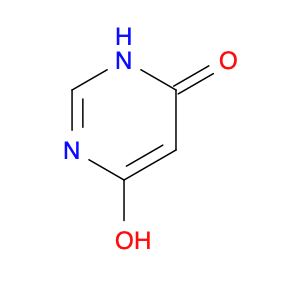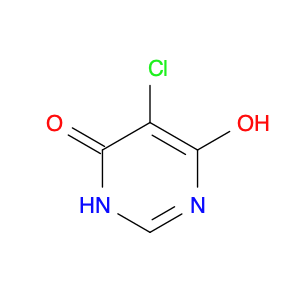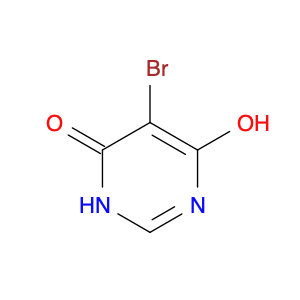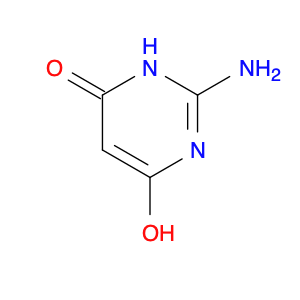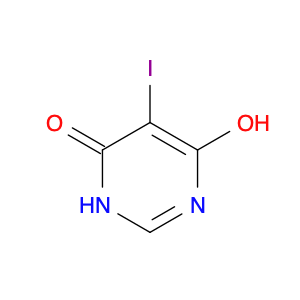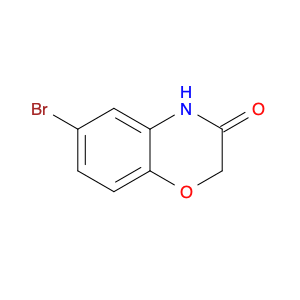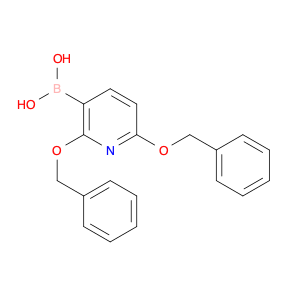4,6-Dihydroxypyrimidine, also known as pyrimidine-4,6-diol, is a versatile compound commonly utilized in chemical synthesis processes. Its unique chemical properties make it a valuable intermediate in the creation of various pharmaceuticals, agrochemicals, and materials.In chemical synthesis, 4,6-Dihydroxypyrimidine serves as a crucial building block for the creation of numerous organic compounds. It can undergo various chemical reactions such as acylation, alkylation, and condensation reactions to form more complex structures. Through its reactivity, this compound plays a pivotal role in the development of diverse molecules with important biological activities.One of the key applications of 4,6-Dihydroxypyrimidine is in the synthesis of pyrimidine-based pharmaceuticals. By incorporating this compound into the molecular structure of drugs, chemists can tailor the pharmacokinetic properties and enhance the biological efficacy of the final products. Additionally, 4,6-Dihydroxypyrimidine derivatives have shown promising antitumor, antiviral, and antioxidant activities, highlighting their significance in medicinal chemistry research.Furthermore, in agrochemical synthesis, 4,6-Dihydroxypyrimidine can be utilized to produce crop protection agents and herbicides. By modifying its chemical structure, scientists can design compounds with targeted pesticide activities and improved environmental profiles, contributing to sustainable agricultural practices.Moreover, 4,6-Dihydroxypyrimidine finds application in materials science for the synthesis of polymers, coatings, and specialty chemicals. Its ability to participate in polymerization reactions and form complex networks enables the production of advanced materials with tailored properties such as adhesion, flexibility, and thermal stability.Overall, the versatility of 4,6-Dihydroxypyrimidine in chemical synthesis makes it a valuable tool for the development of diverse compounds with applications spanning pharmaceuticals, agrochemicals, and materials science.
 sales@aaronchem.com
sales@aaronchem.com
